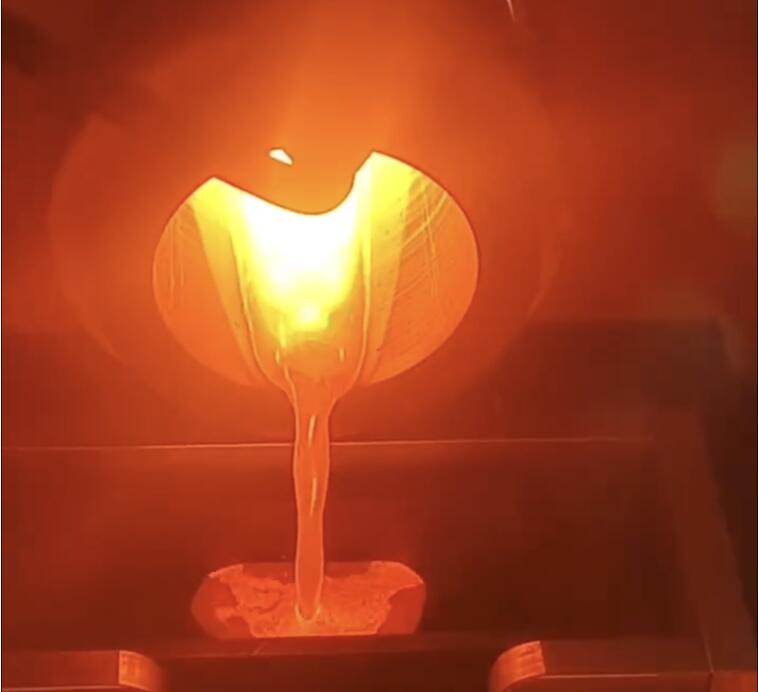Title: Understanding the Importance of Melting Metal Alloys in a Vacuum Induction Melting Furnace
The smelting process plays a vital role when producing high-quality metal alloys. Smelting involves extracting metals from ores and creating alloys by combining different metallic elements. One of the most advanced methods of melting metal alloys is the use of vacuum induction melting (VIM) furnaces. This innovative technology offers numerous advantages, making it an important tool for the production of various metal alloys.

So, what types of metal alloys need to be smelted in a vacuum induction melting furnace? To answer this question, it is important to understand the unique features of a VIM furnace and the specific requirements of different metal alloys.
First, it is important to recognize the importance of operating in a vacuum environment when melting certain metal alloys. Keeping the vacuum chamber free of air and other impurities is essential to prevent oxidation and contamination during the smelting process. This is especially important for alloys that are highly reactive or prone to oxide formation when exposed to air.
One type of metal alloy that benefits from being smelted in a vacuum induction melting furnace is the high-temperature alloys. These advanced materials are known for their exceptional strength, corrosion resistance and high temperature performance, making them indispensable in industries such as aerospace, power generation and chemical processing. High-temperature alloys often contain combinations of nickel, cobalt, iron and other elements, and their production requires precise control of the melting process to ensure the desired material properties are achieved. By utilizing a VIM furnace, manufacturers can effectively remove impurities and maintain the integrity of the alloy, resulting in superior mechanical and thermal properties.
In addition to high-temperature alloys, some special steels also require the use of vacuum induction melting furnaces for smelting. For example, stainless steel is known for its resistance to corrosion and staining, making it a popular choice for applications in the food and beverage, pharmaceutical and chemical industries. Smelting stainless steel in a vacuum environment helps minimize the presence of harmful impurities such as sulfur and phosphorus, which can compromise the material’s corrosion resistance. As a result, the finished stainless steel has higher purity and performance, meeting the stringent requirements of various industrial applications.
In addition, the aerospace and defense sectors rely on the production of titanium alloys, which offer excellent strength-to-weight ratios and outstanding corrosion resistance. Melting titanium alloys in vacuum induction melting furnaces is critical to achieving the high purity and uniformity required for aerospace components such as aircraft engines and structural elements. The ability to control the composition and microstructure of titanium alloys through VIM technology ensures the final product meets stringent performance and reliability standards in demanding aerospace environments.
In addition to these specific examples, many other metal alloys, including tool steels, high-speed steels, and magnetic alloys, can benefit from the precision and purity provided by vacuum induction melting furnace melting. The ability to tailor the melting process to the unique requirements of each alloy allows manufacturers to consistently produce materials with the required mechanical, thermal and chemical properties to meet the diverse needs of various industries.
In summary, melting metal alloys in vacuum induction melting furnaces is critical to achieving the high levels of purity, uniformity and control required for advanced materials. Whether it is superalloys for extreme temperature applications, stainless steel for corrosion-resistant components, or titanium alloys for aerospace and defense systems, the capabilities of VIM technology play a vital role in meeting the stringent requirements of modern industry . By understanding the importance of melting in a vacuum environment and the specific requirements of different metal alloys, manufacturers can fully exploit the potential of VIM furnaces to produce high-quality materials that drive innovation and advancement in various fields.
Post time: Sep-09-2024











